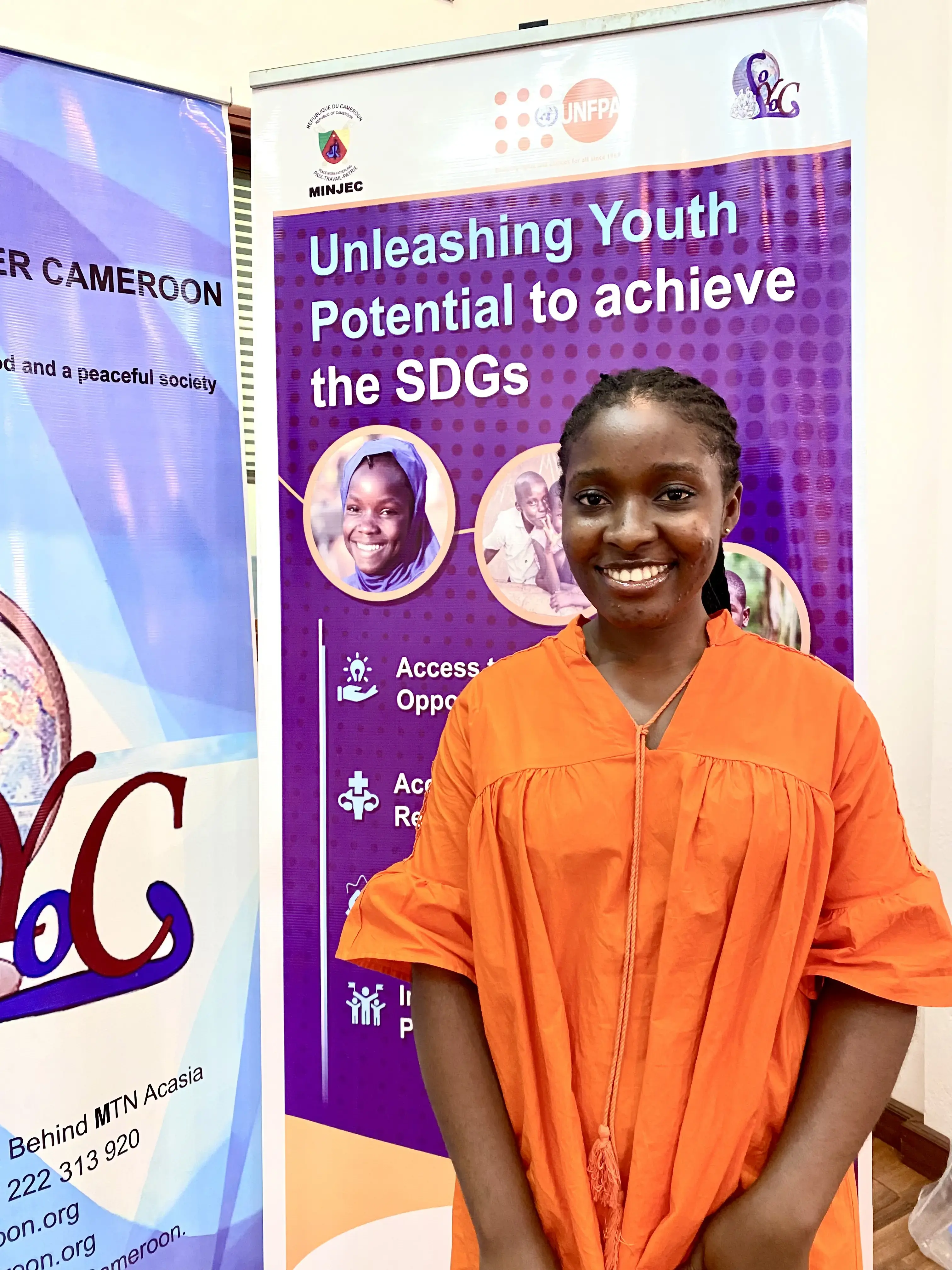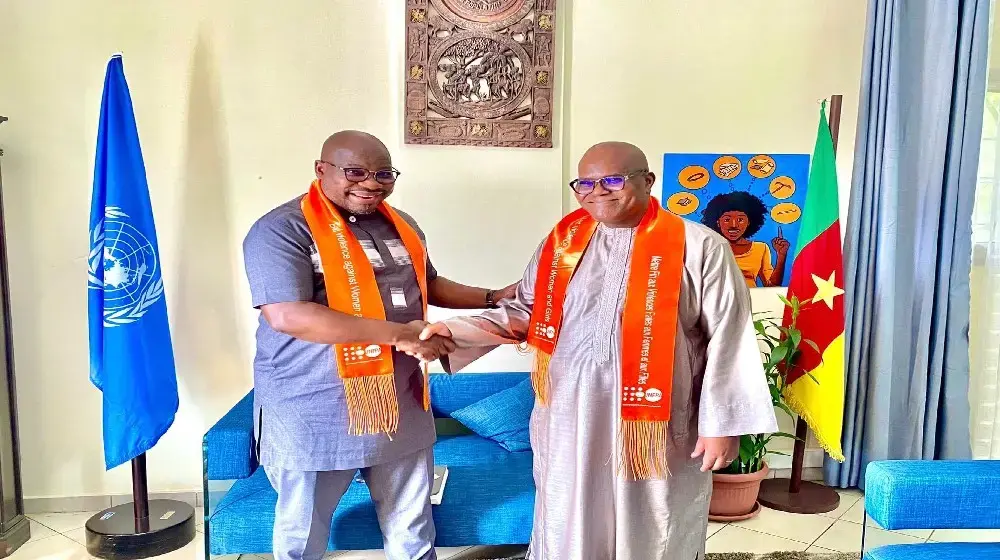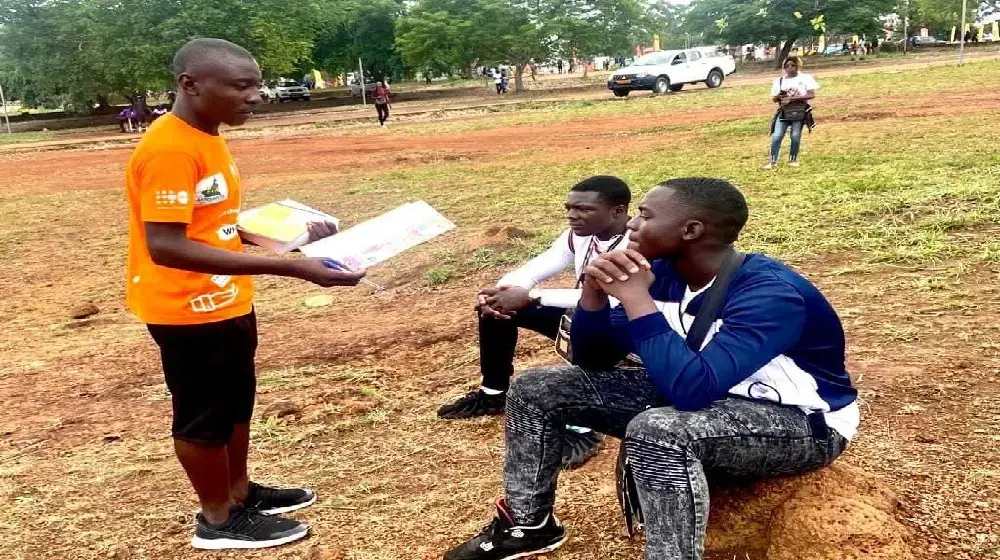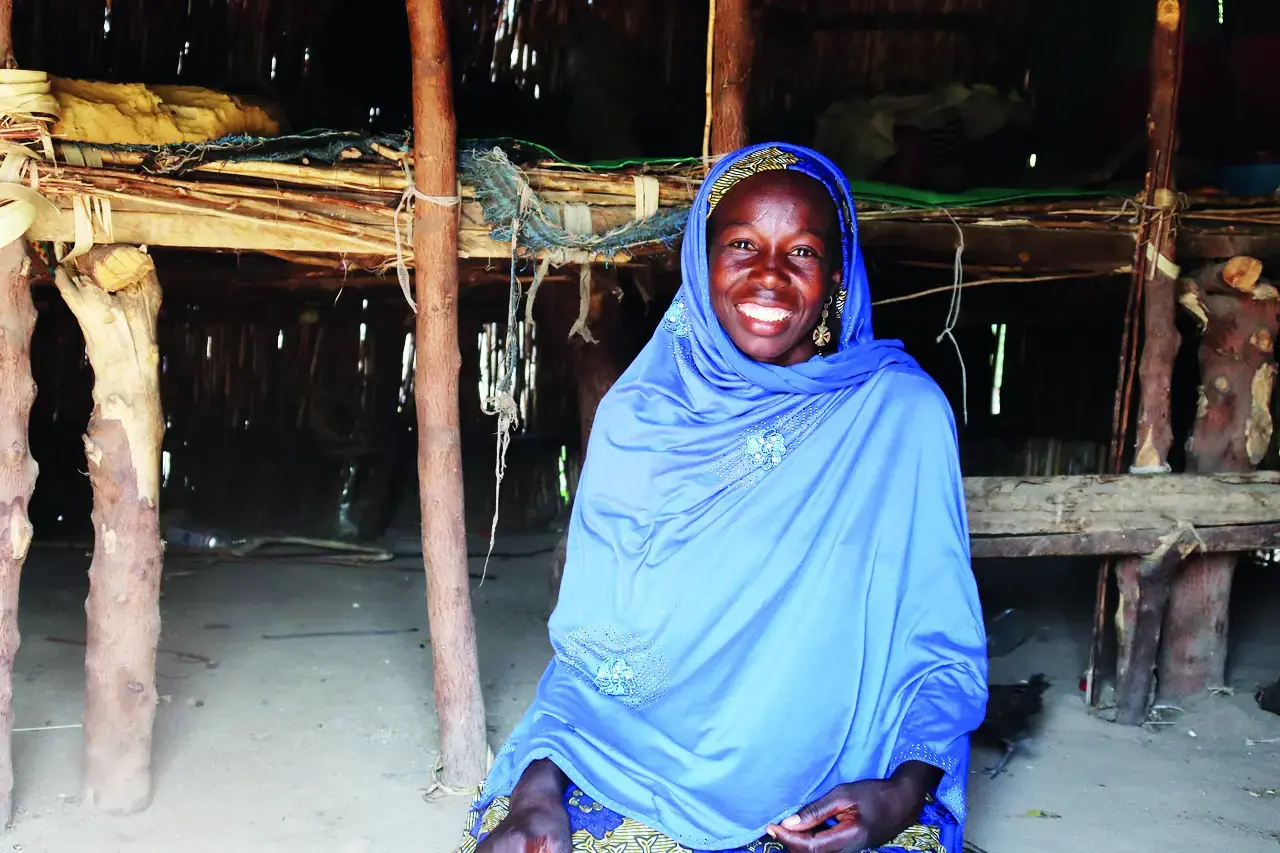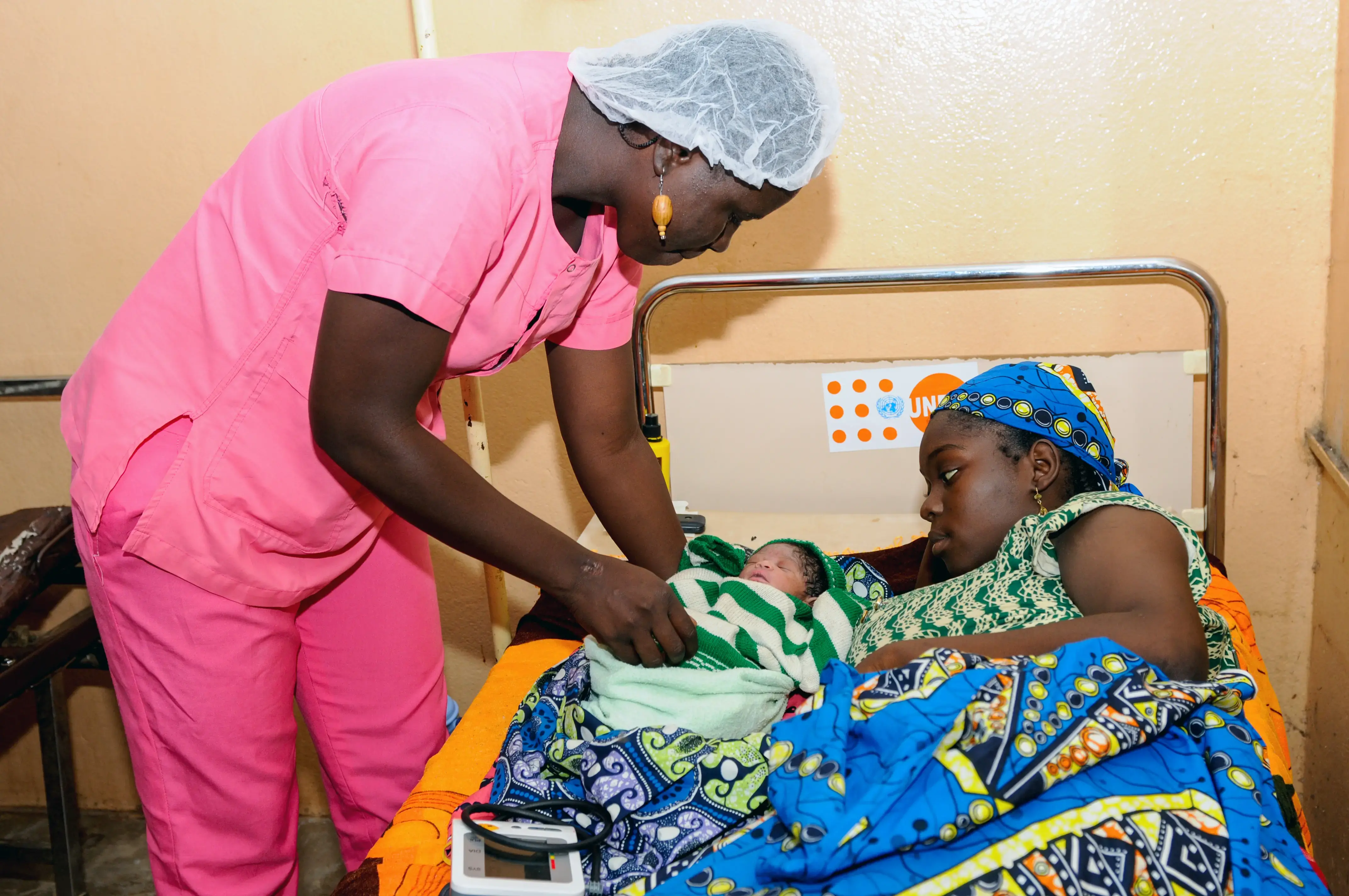Since 2010, the West and Central Africa Region, which includes areas such as the Sahel, Liptako-Gourma, Lake Chad and the Gulf of Guinea, has seen an upsurge in interconnected conflicts. These conflicts range from unconstitutional changes of government to border disputes, clan clashes, terrorism and sectarian tensions. In addition, the region is confronted with the adverse effects of climate change, such as floods, droughts and famines, which only aggravate an already precarious situation. As a result, populations are being displaced on a massive scale, exacerbating the humanitarian crisis.
Young people, women and girls are the hardest hit. Displacement, combined with endemic poverty and limited access to essential services and livelihoods, has left them vulnerable and struggling to survive.
Tragically, conflict-affected areas are also the scene of serious human rights violations, including sexual violence, abduction and abuse of all kinds. These atrocities have a disproportionate impact on young women and girls, subjecting them to additional suffering and hardship.
The situation in West and Central Africa remains precarious as regional and international authorities strive to address the root causes of these conflicts and provide aid and support to affected communities.
Transforming global frameworks into practical, country-specific initiatives requires the implementation of specific frameworks that respond to each nation's unique realities, needs and priorities. This approach was recognized by the Security Council in Resolution 2250 and in the Ten-Year Implementation Plan of the African Continental Framework for Youth Peace and Security.
In 2009, Cameroon set up a National Youth Council as a platform for youth-led civil society organizations to ensure youth ownership, participation and leadership in sustainable development. In line with United Nations Security Council Resolution 2250, the country has strengthened this youth mobilization framework by creating a Youth, Peace and Security Council within the national youth association movement. Today, these two structures enable more extensive participation by young people in development, peace and security issues. With the support of UNFPA, they are equipped to intervene efficiently on emerging issues such as demographic transition, cross-border movements, the humanitarian nexus, peace and development, and communication for social and behavioral change.

